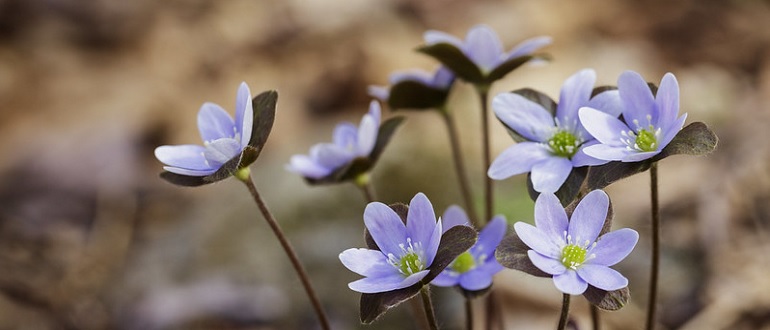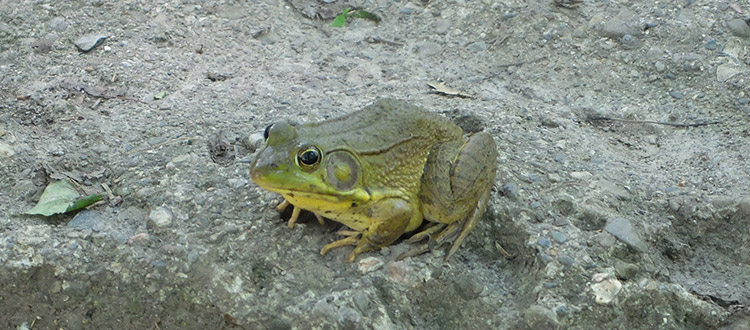Meet Your Local Watershed: The Rouge
A watershed is an area of land that drains into a body of water. The Rouge River Watershed, in southeast Michigan, drains 467 square miles into the Detroit River. It has four major branches (Main, Upper, Middle, and Lower) with 127 river miles and numerous tributaries. In addition to the flowing water, there are more than 400 lakes, impoundments, and ponds.
Within the watershed, there are over 1.35 million people in 47 municipalities. Three counties (Oakland, Washtenaw and Wayne) are part of the watershed and the land is more than 50% urbanized with less than 25% remaining undeveloped.
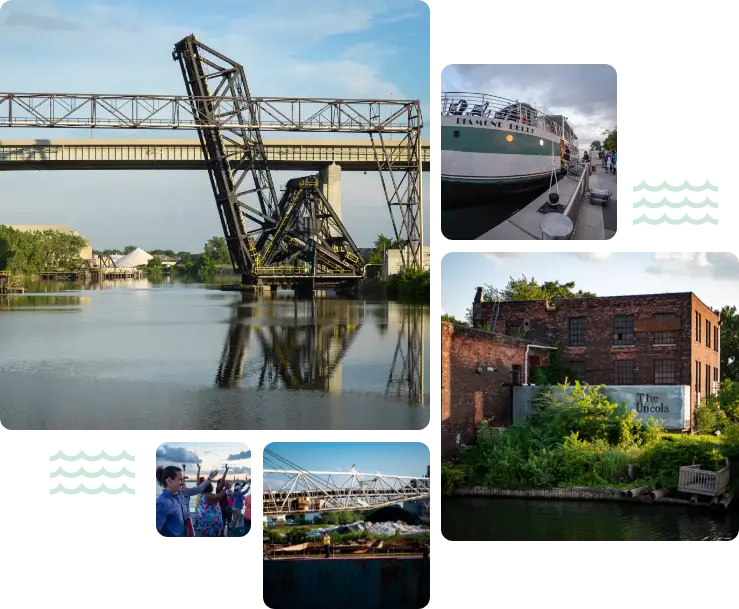
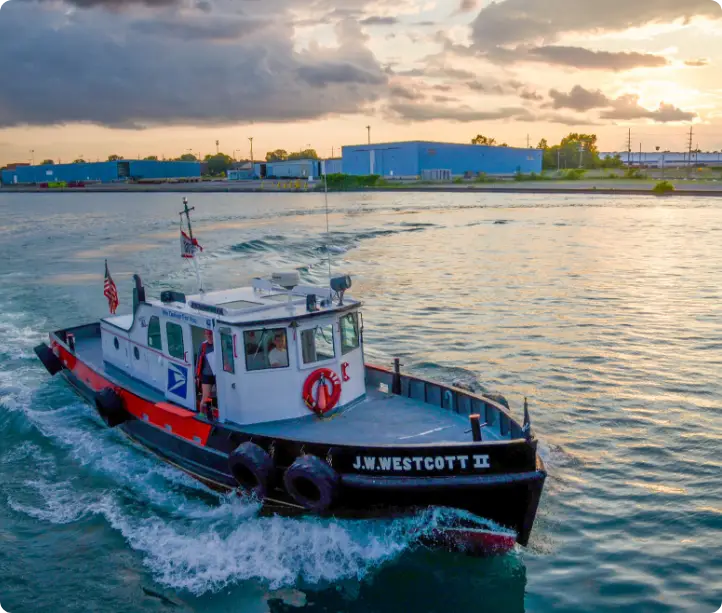
History
In 1985, the Rouge River was designated one of 43 Great Lakes Areas of Concern, because “…significant impairment of beneficial uses has occurred as a result of human activities at the local level (www.epa.gov/great-lakes-aocs).”
This led to the formation of the Rouge River Advisory Council in 1992 and in 1993 the Rouge River National Wet Weather Demonstration Project was created to administer several hundred million dollars to demonstrate stormwater remediation in an urban watershed.
Land Acknowledgement
To demonstrate respect, raise awareness, and affirm the ongoing relationships between indigenous people and the land, we acknowledge the ancestral, traditional, and contemporary lands on which our watershed exists
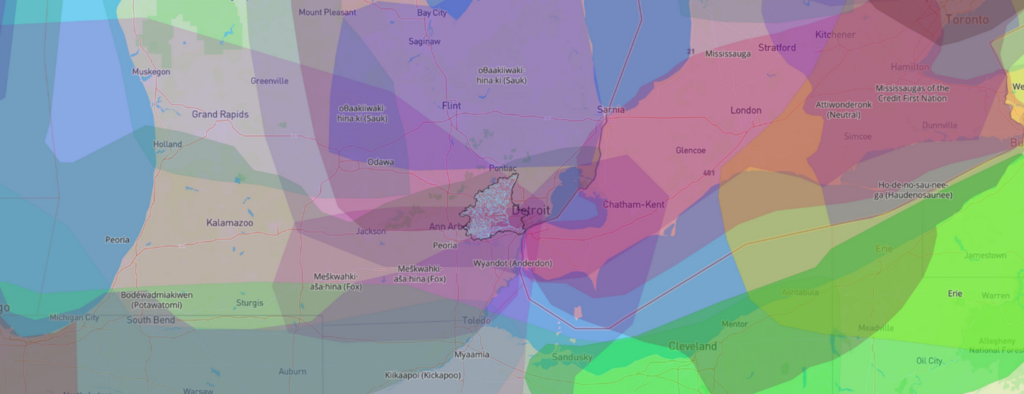
Map from native-land.ca.
- Meškwahki·aša·hina (Fox)
- Peoria
- Anishinabewaki
- Bodéwadmiakiwen (Potawatomi)
- Myaamia
- Mississuaga
Why the River is Important
Reason #1
The river weaves all of our communities together.
Reason #2
The health of our river directly reflects the health of our community.
Reason #3
Everyone deserves safe and equitable access to green and blue spaces.
Reason #4
Having a relationship with the river builds future stewards of the watershed.
Reason #5
The Rouge is a part of the great lakes system which accounts for 21 percent of the world’s freshwater.
Threats to our River and Community
Learn more about the threats to your Rouge River and how to mitigate the effects of these dangers.
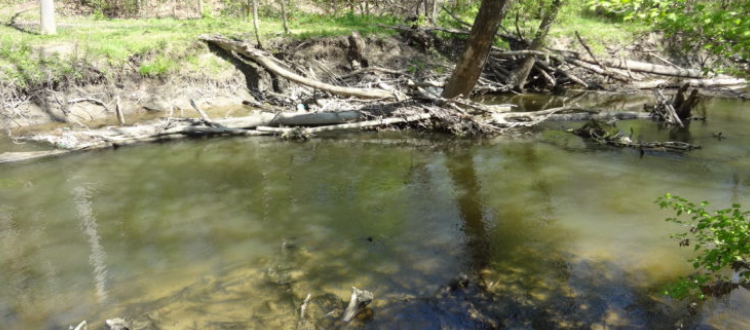
Climate Change
The long-term shift in weather patterns, known as climate change, impacts our Rouge River and its surrounding communities through flooding, “heavy precipitation,” water level changes, and dam failures.
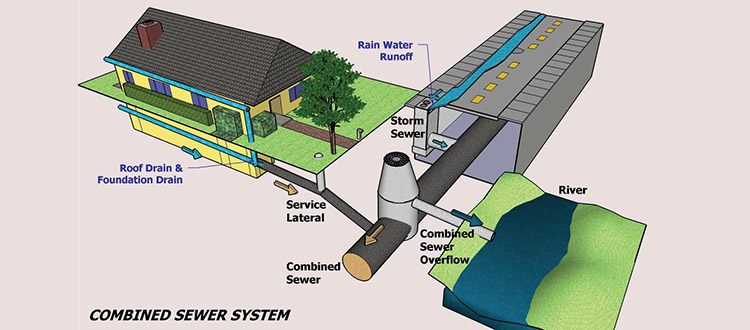
Combined Sewers
CSOs collect both storm water and sanitary wastewater in the same sewer. During heavy precipitation, they do not have enough capacity to carry all of the storm water to the treatment plant.
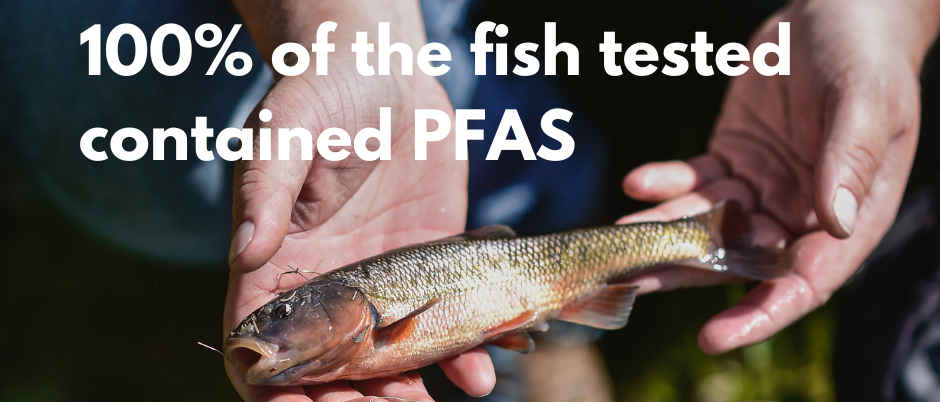
Emerging Contaminants
PFAs, Microplastics, and non point source pollution threaten the ecosystem of our Rouge. Learn how emerging contaminants impact our fish and other aquatic species.
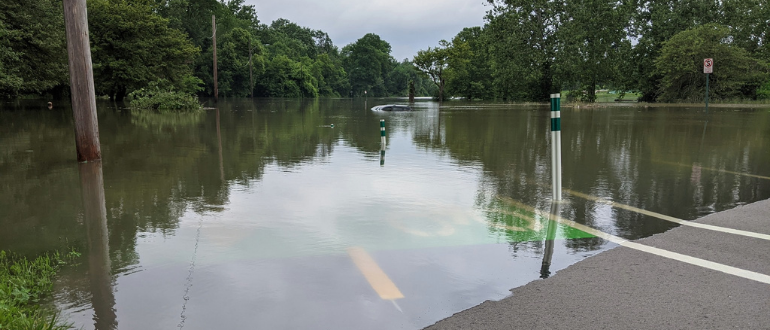
Flooding
Rainwater that hits impervious, “hard” surfaces (roofs, parking lots, streets) goes down the sewer and/or flows directly into the river. Learn how impervious surfaces have increased the likelihood of flooding and how this impacts our watershed.
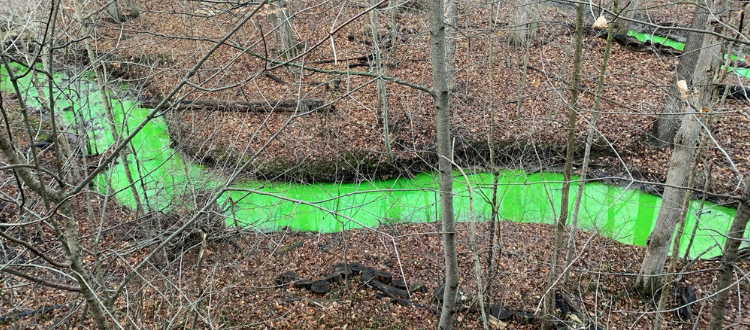
Illicit and Illegal Discharges
An illicit discharge is the introduction of polluting materials into a pipe that drains to surface water or the dumping of polluting material that can impact surface water.
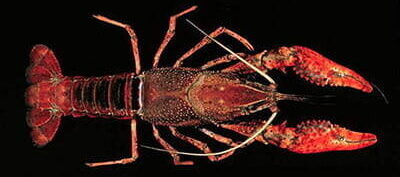
Invasive Species
Friends of the Rouge promotes collaborative efforts across the 48 Rouge communities to improve habitat quality. Invasive species often cause harm in a variety of ways.
